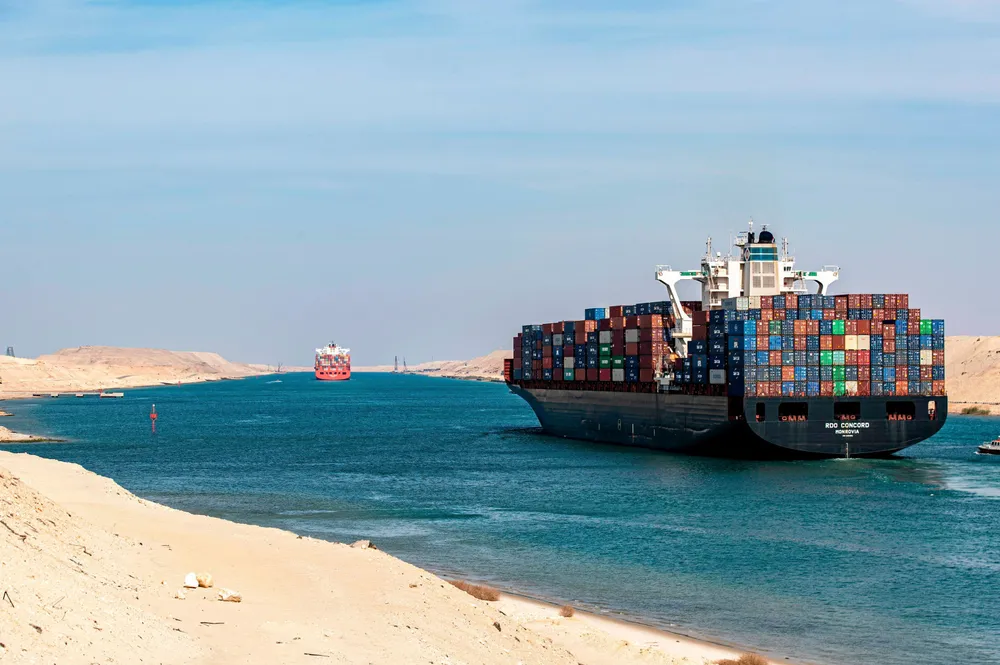Egypt grants final approval to $5.5bn green hydrogen and ammonia project near Suez Canal
‘Golden licence’ also awarded to the $135m, 100MW Egypt Green renewable H2 project in same area

‘Golden licence’ also awarded to the $135m, 100MW Egypt Green renewable H2 project in same area
